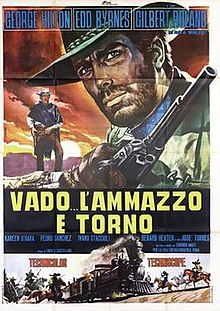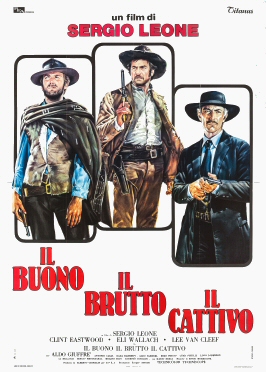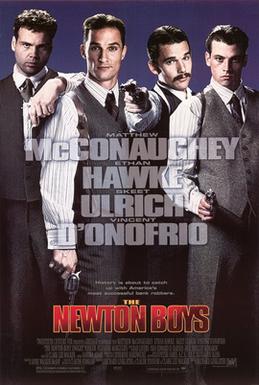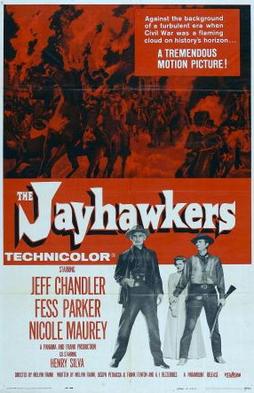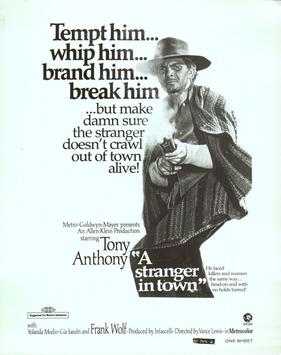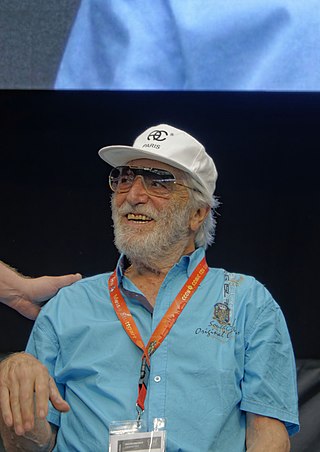Plot
Monetero, along with his gang, successfully pulls off a train heist carrying $300,000 worth of gold despite the military's defense. One of Monetero's own, Pajondo, seizes the opportunity, betrays his comrades, and escapes with the loot.
The Stranger, a relentless bounty hunter tracking Monetero for a long time, sees the chance to finally catch him. As Monetero heads towards the Mexico border, he confronts Pajondo, coercing him into revealing the treasure's location. Pajondo, before being killed by the arriving army, manages to give Monetero a medal indicating the path to the loot. Monetero is arrested.
Facing torture and a death sentence by the military, Monetero is condemned. A banker named Clayton, assigned to recover the stolen gold at any cost, disagrees with the execution. Disguised as a priest, The Stranger enters Monetero's cell, promising him freedom in exchange for a share of the loot. Monetero, suspicious, breaks Pajondo's medal in half, giving one piece to The Stranger. The next day, Clayton discovers the broken medal during the execution, raising suspicions.
As promised, The Stranger stages Monetero's execution, creating a diversion. Outside the fort, Monetero's men reclaim half of the medal from The Stranger but spare his life. Clayton struggles to reconstruct the medal with his piece, using an almanac with local landowners' crests, but fails. Monetero's men attempt to retrieve the half of the medal from Clayton, and The Stranger intervenes, killing them and forming an alliance with Clayton.
The following morning, Monetero's men kidnap Clayton, and The Stranger allows it to happen. Following discreetly, he discovers Monetero's hideout and overhears an interrogation. It is revealed that Clayton and Monetero had planned the gold theft together. Clayton promises to deliver The Stranger to Monetero, obtaining the remaining half of the medal for further research.
Upon Clayton's return to town with the complete medal, The Stranger reveals his knowledge of the secret deal with the bandit. However, Clayton is illiterate, so The Stranger needs him to decipher the book. With the complete medal, they discover it belongs to the Montigo family, who owned land near the city in 1750, leading to ruins. Monetero's men arrive, causing chaos, and The Stranger manages to escape. Clayton and Monetero head to the ruins, where The Stranger awaits.
Having already deceived the insurance company official with bags of rocks, The Stranger, unwilling to live with two enemies pursuing him for the loot, proposes to share the treasure. Hidden in the organ pipes, the gold is revealed. However, Monetero's men no longer trust their leader, leading to a shootout. The bounty hunter, the banker, and the bandit are forced to collaborate. In the end, they eliminate the enemies and face off in a Mexican standoff. Instead of shooting each other, they unleash their pistols on the organ pipes, celebrating the sight of the gold.
